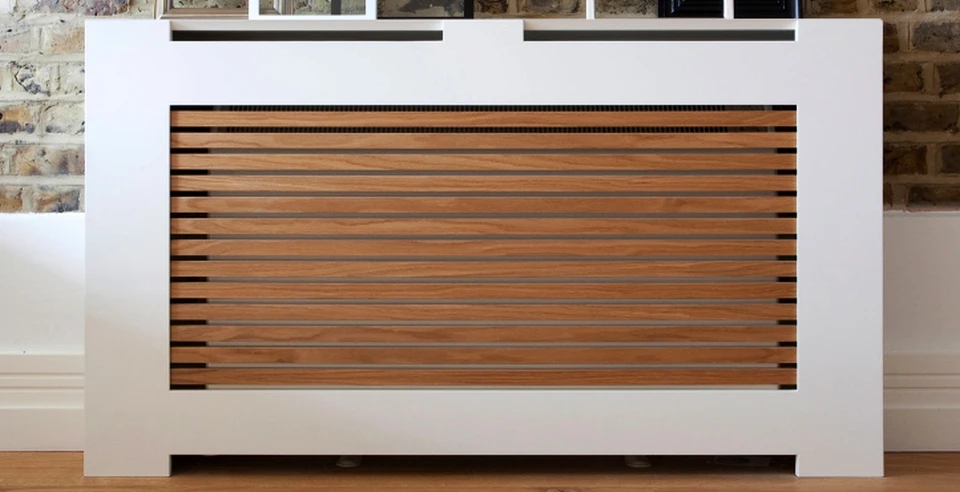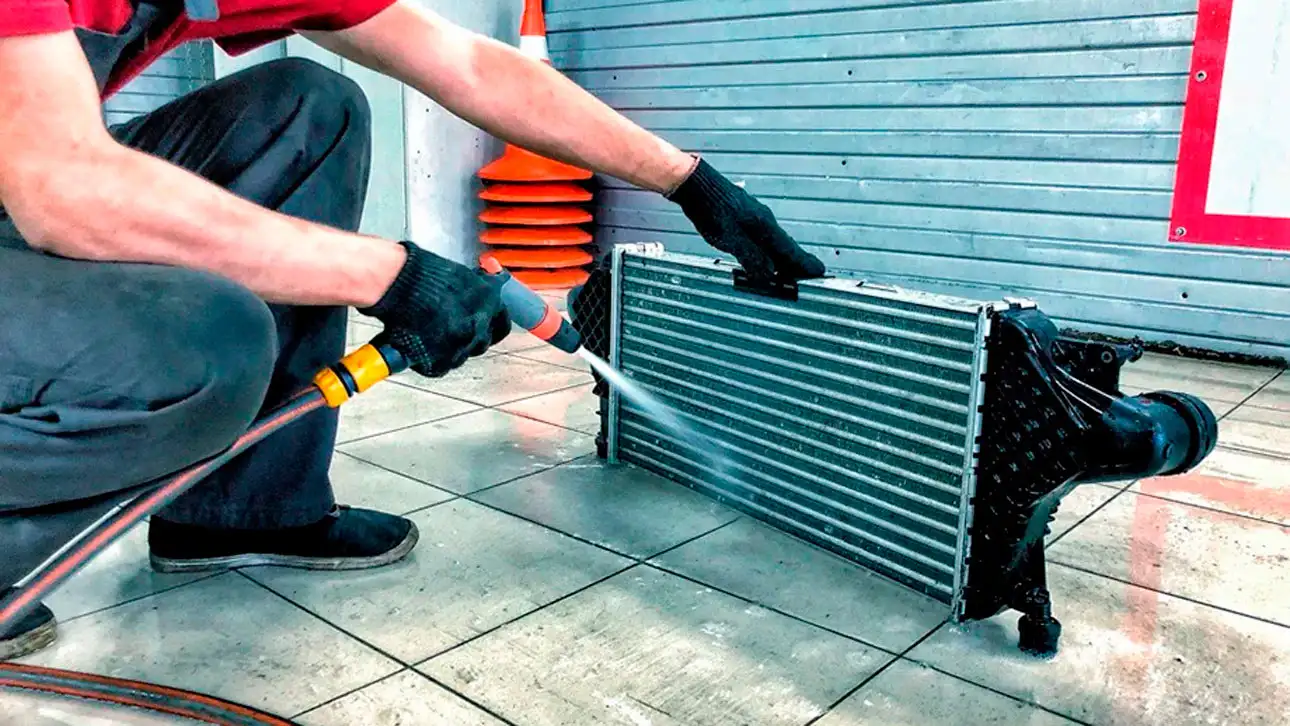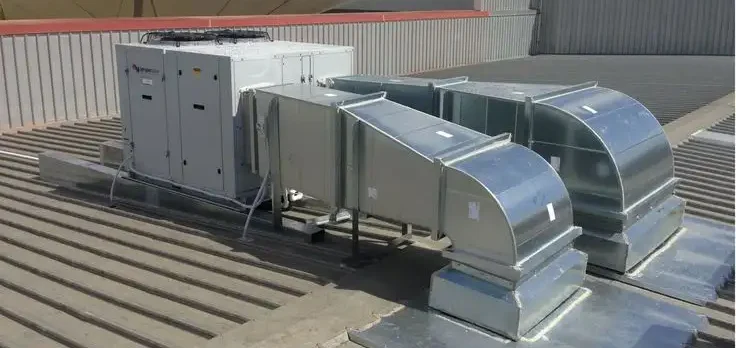Another essential aspect to consider when dealing with radiator replacement is the cost, especially since it impacts the overall heating system. The radiator replacement cost greatly depends on various factors, including the type and size of the radiator and the ease of installation. Some radiators are inexpensive to replace, while others may require redesigns or more complex installations, making them more costly. It’s important to consider these costs before making a replacement decision.
The average cost of a radiator replacement is between $500 and $8,600. A small electric baseboard radiator might cost about $500, while a more substantial cast-iron radiator costs about $1,500. Replacement of the entire radiator system throughout the home will have an even higher price tag, especially for steam radiators. Knowing these costs will help you plan and choose the right options for your home.
What Factors Affect the Cost of Radiator Replacement?

All these things matter when understanding the total cost of replacing a radiator. They can help you synthesize a psychometric estimate for price and make a decision
1. Type of Radiator
There are different types of radiators: steam, hot water, and electric. Each has its specifications and costs.
- Steam Radiators: Steam Radiators heat a room using steam. They are usually expensive because they require special pipes and fittings.
- Hot Water Radiators: Hot water radiators derive their heating source from a boiler, which usually uses warm water to provide heat within the premises. Such are also not as ineffective as steam radiators and come in different sizes.
- Electric Radiators: This type of heating would then use electricity to generate heat. Under this category, they are the most expensive for operation but very efficient in energy conversion.
2. Size of the Radiator
The bigger the radiator for a well-proportioned room or an open space, the higher the cost compared to small units. BTUs are for hot water and steam units, while watts are for electric units that measure a radiator’s heating capacity.
3. Material of the Radiator
The most common materials used for constructing radiators are cast iron and steel. Cast iron radiators are more substantial and expensive, while steel radiators are cheaper and lighter.
4. Installation Costs
The expenses related to labor for replacing a radiator vary considerably. Labour costs will usually apply when the old radiator must be replaced or the pipes or wires need repair. It is advisable to have work done by qualified personnel for efficiency, safety, and guarantee, especially with steam or hot water radiators.
5. Location of the Radiator
The room will also determine the total cost of replacing the radiator. For example, a radiator replaced in a large living room might cost much more than in a small bedroom. Accessibility of the area and complexity of the installation are other factors that impact labor costs.
Cost of Radiator Replacement by State
The cost of replacing a radiator can vary by state due to differences in labor rates, material costs, and local market conditions. Below are the estimated costs for replacing a radiator in different states. These estimates include both the price of the unit and installation.
Radiator Replacement Costs in Different States
As you can see, costs vary greatly from state to state. This is mainly due to differences in labor rates and regional material costs.
| State | Average Cost Range |
| California | $1,200 – $3,500 |
| Texas | $1,000 – $2,500 |
| New York | $1,500 – $4,000 |
| Florida | $1,000 – $3,200 |
| Illinois | $1,200 – $3,000 |
| Michigan | $1,100 – $2,800 |
| Pennsylvania | $1,100 – $3,000 |
| Ohio | $1,000 – $2,500 |
Prices can vary greatly by the different geographical locations where situations stand. For instance, higher prices merit the larger, more expensive California and New York areas, while the other states with low living costs are cheaper.
How Much Does a Radiator Replacement Cost?

The cost of replacing the radiator depends on all the factors mentioned earlier and may range from a few hundred dollars to several thousand. Here’s a breakdown of expected costs.
1. Low-Cost Replacements
A small, essential electrical radiator or a cheap hot-water radiator would cost approximately $500 to $1,000 per unit, including installation. They are usually found in small rooms or to supplement heating.
2. Mid-Range Replacements
For larger radiators or in case of more comprehensive installation, the replacement is expected to be somewhere between $1,000 to $3,500. This is the standard price range for a 5,000 BTU hot water radiator plus installation.
3. High-Cost Replacements
That can reach upwards of $8,600 or even more, for larger homes, or especially complex systems with multiple radiators replaced or an upgraded to a high-end unit. This is usually the cost of replacing all the steam radiators in a home.
4. Labor Costs
Radiator replacement labor costs are usually around $200 to $800, depending on the kind of radiator and the complexity of the work. Electric radiator installations are generally much cheaper than steam and hot water systems, which tend to require a lot of labor time and effort.
Radiator Costs by Type
| Type of Radiator | Unit Cost (Average) | Labor Cost | Total Estimated Cost |
| Electric | $200 – $1,500 | $200 – $450 | $400 – $1,900 |
| Hot Water | $100 – $1,000 | $600 – $800 | $700 – $1,800 |
| Steam | $300 – $2,500 | $600 – $800 | $900 – $3,300 |
What Size Radiator Do I Need?
Several factors actually determine the size of the radiator one needs, such as the size of the room, the level of insulation, and the area’s climate.
To find out the BTUs your room should have, you can use the formula below:
- You need to measure this room’s length, width, and height.
- Mapping these three numbers will result in room volume in cubic feet.
- The cubic footage is multiplied by the factor appropriate for this room type and type of insulation used.
For example, an average of 5 BTUs per cubic foot is required in a family room, while a kitchen only needs about 3 BTUs per cubic foot.
A quick guide to radiator sizes:
| Room Type | BTUs Needed per Cubic Foot |
| Family Room | 5 |
| Living Room | 5 |
| Bedroom | 4 |
| Kitchen | 3 |
Once you have the total BTUs, you can choose a radiator size that matches your needs. You can convert BTUs to watts by multiplying by 0.293 for electric radiators.
Additional Costs to Consider
Besides the costs of the radiator and installation itself, some other incidental expenses may arise depending on your exact situation:
1. Radiator Covers
If you appeal aesthetically to cover your radiator, it should cost $75 to $500, depending on style and material.
2. Smart Thermostats
Improving your heating system’s efficiency and saving money on energy bills over time is one of the primary benefits of installing a smart thermostat. A smart thermostat costs between $200 and $500 upon its purchase.
3. Maintenance costs
Radiators should be maintained regularly, especially if they are older. Repairing or routine maintenance costs, like bleeding air from steam radiators or cleaning electric units’ filters, can be $150-$500.
Tips for Saving Money on Radiator Replacement
Here are a few money-saving tips for radiator replacements:
- Get Multiple Quotes: Always gather at least three estimates from different contractors before comparing to ensure the best cost-benefit ratio.
- Opt for Electric Radiators in Small Rooms: An electric radiator is much better for heating a small area.
- Consider DIY Installation for electric radiators: If you have the skills to do essential electrical work, this would be a very easy way to save on labor costs.
- Look for Sales: Most radiator suppliers will have seasons when they offer discounts and sales.
Conclusion
Replacing a radiator could be one of the heftiest investments an individual could make. Still, improvements in heating efficiency and system benefits must outweigh all potential costs. Various factors would affect costs, and they may include most types of radiators, their sizes, location, and the cost of labor for replacement. With an understanding of these, you can compare and contrast quotations offered by local contractors and make a wise decision to ensure a warm, energy-efficient home.
Inquire for several quotes from competent replacement specialists in your locality before commencing your replacement activity.
FAQS
Q1. How Much Does It Cost to Replace a Radiator?
Removing old radiators and installing new radiators generally costs between $500 and $8,600, depending on the type, size, and labor cost. The average cost to install a radiator is around $1,500.
Q2. Can I replace a radiator myself?
Homeowners can replace some electric radiators, but due to their complexity and safety considerations, steam or hot water systems should be entered only by professional contractors.
Q3. How Long Does It Take to Replace a Radiator?
For hot water and steam radiator replacement, it takes 3 to 4 hours, while an electric one could take 2 to 3 hours. However, time varies based on installation complexity.
Q4. How Do I Choose the Right Radiator Size?
The radiator replacement takes 3 to 4 hours for hot water and steam, while an electric one could take 2 to 3 hours. However, time varies based on installation complexity.


